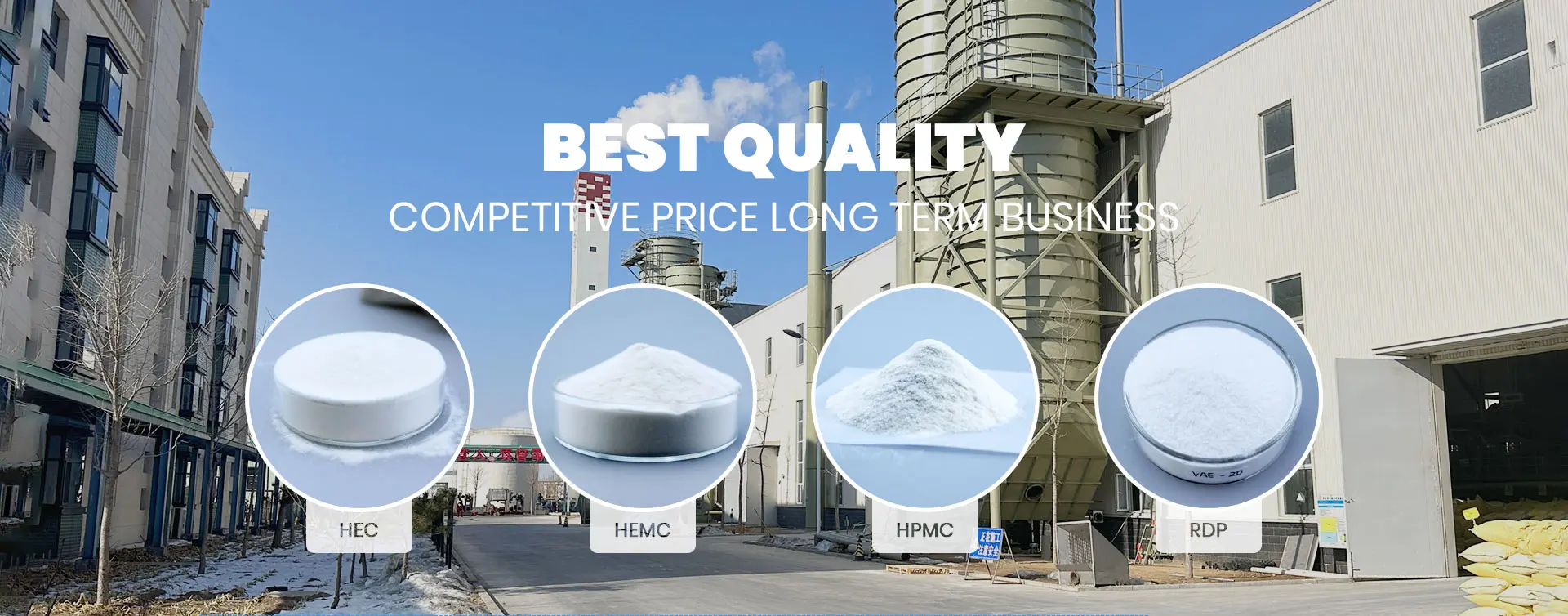
ታኅሣ . 28, 2024 23:00 Back to list
hpmc
Understanding HPMC A Versatile Polymer in Modern Applications
Hydroxypropyl Methylcellulose (HPMC) is a widely used polymer that has garnered attention in various industries due to its unique properties and versatility. As a cellulose derivative, HPMC is synthesized through the etherification of cellulose, which is himself a natural polymer derived from plant fibers. This article aims to explore the characteristics, applications, and significance of HPMC in different sectors, including pharmaceuticals, food, construction, and cosmetics.
Properties of HPMC
HPMC is valued for its solubility in cold and hot water, forming a viscous solution which can vary in viscosity depending on concentration and molecular weight. It is non-ionic, which means that it is stable across a wide range of pH levels and does not interact with ionic surfactants. Its gel-forming ability makes it ideal for applications requiring thickening, binding, or emulsifying agents. HPMC also possesses excellent film-forming properties, which allow for its use in coatings and as a protective layer.
One of the key advantages of HPMC is its biodegradability, making it an environmentally friendly option compared to many synthetic polymers. This property appeals to industries aiming to adopt more sustainable practices, reinforcing the push toward green chemistry and production processes.
Applications in Pharmaceuticals
In the pharmaceutical industry, HPMC plays a crucial role as an excipient, which is an inactive substance that serves as a carrier for the active ingredients of a drug. It is commonly used in the formulation of tablets, capsules, and other dosage forms due to its ability to control the release of the active drug. HPMC-based formulations can achieve prolonged release profiles, minimizing the frequency of dosing and improving patient compliance.
Moreover, HPMC is utilized in ophthalmic preparations as a lubricant to ease eye dryness and irritation. Its biocompatibility and non-toxic nature make it an ideal choice for various medical applications, including wound dressings and surgical adhesives.
Applications in Food Industry
HPMC is increasingly recognized in the food industry as a food additive, where it is used as a thickener, emulsifier, and stabilizer. It improves the texture and consistency of various products, including sauces, dressings, and dairy products. HPMC is also employed in gluten-free baked goods to mimic the texture provided by gluten, thereby enhancing the quality of these products for consumers with dietary restrictions.
hpmc

Due to its ability to form a gel structure, HPMC can be used in low-calorie food products to provide a satisfying mouthfeel without the added calories from fat. This property is particularly appealing in today’s health-conscious market, where consumers are increasingly seeking healthier alternatives.
Applications in Construction
In construction, HPMC is utilized in drywall compounds, tile adhesives, and cement-based products. Its water-retention properties help prevent the premature drying of mortars and plasters, ensuring adequate curing and adhesion. HPMC improves workability, allowing easier application and spreading of materials.
The polymer's versatility extends to providing enhanced strength and durability in construction materials. As the demand for sustainable building materials grows, HPMC's role in optimizing performance while maintaining environmental standards becomes increasingly important.
Applications in Cosmetics
The cosmetic industry leverages HPMC for its thickening and stabilizing properties in products such as lotions, creams, and shampoos. It helps to improve the texture, stability, and shelf life of cosmetic formulations. Additionally, HPMC works as a binding agent in formulations for makeup products, ensuring consistency and ease of application.
Given its non-toxic and hypoallergenic nature, HPMC is often used in products designed for sensitive skin. This attribute highlights its importance in creating safe and effective personal care items.
Conclusion
Hydroxypropyl Methylcellulose is a remarkable polymer that underscores the intersection of innovation and sustainability in various fields. Its multifunctional properties make it indispensable across industries, particularly in pharmaceuticals, food, construction, and cosmetics. As the demand for environmentally friendly solutions continues to grow, the role of HPMC as a sustainable material is likely to expand, demonstrating its significance in the future of manufacturing and product formulation.
-
Why HPMC is a Key Additive in Wall Putty Formulations
NewsAug.05,2025
-
Redispersible Powder in Decorative Renders: Function Meets Finish
NewsAug.05,2025
-
Redispersible Powder for Interior Wall Putty: Smooth Results Every Time
NewsAug.05,2025
-
HPMC’s Water Retention Capacity in Dry Mortar Applications
NewsAug.05,2025
-
HPMC Factory Contributions to Liquid Detergents
NewsAug.05,2025
-
How HPMC Factory Products Change Detergent Textures
NewsAug.05,2025







